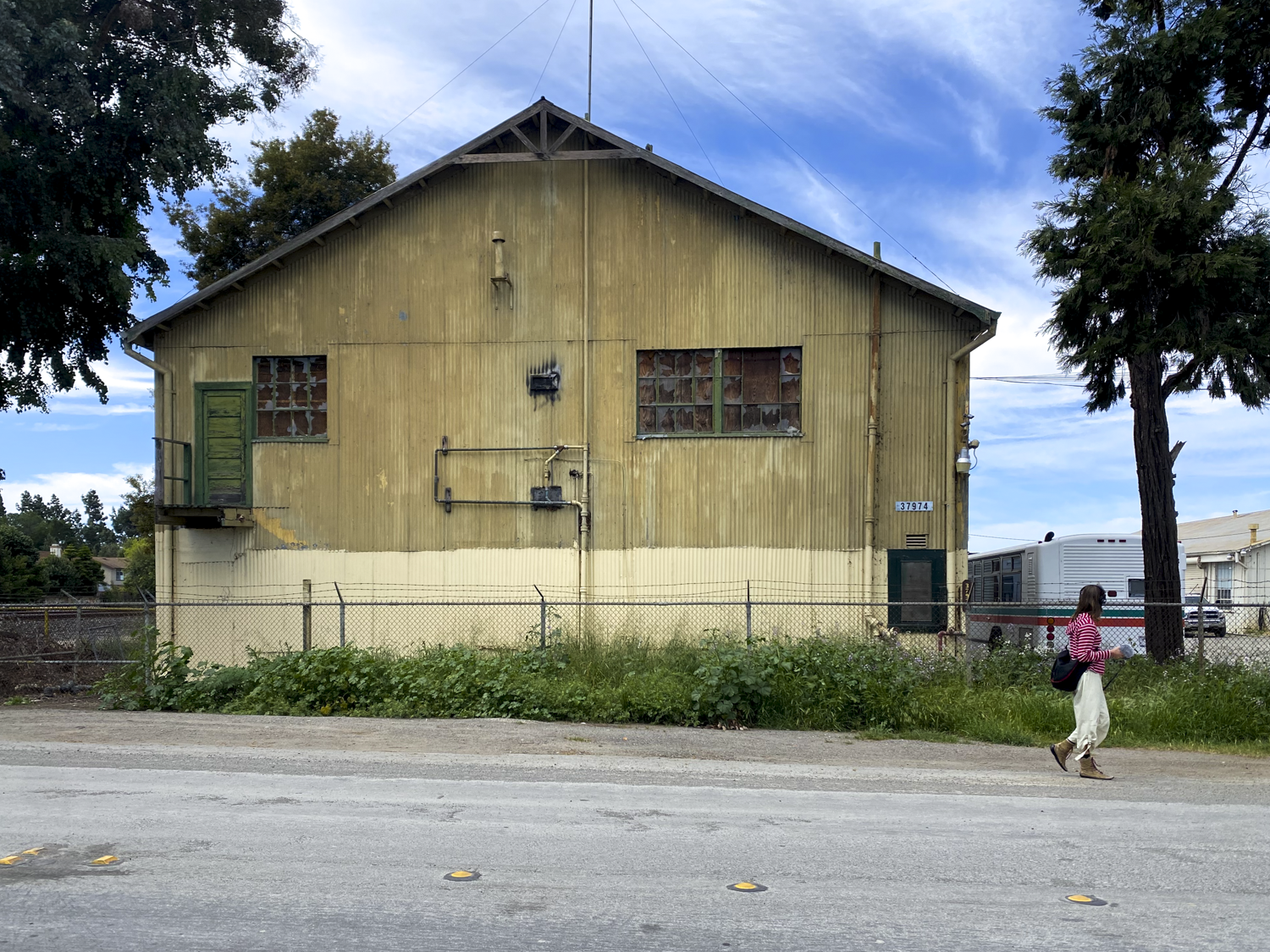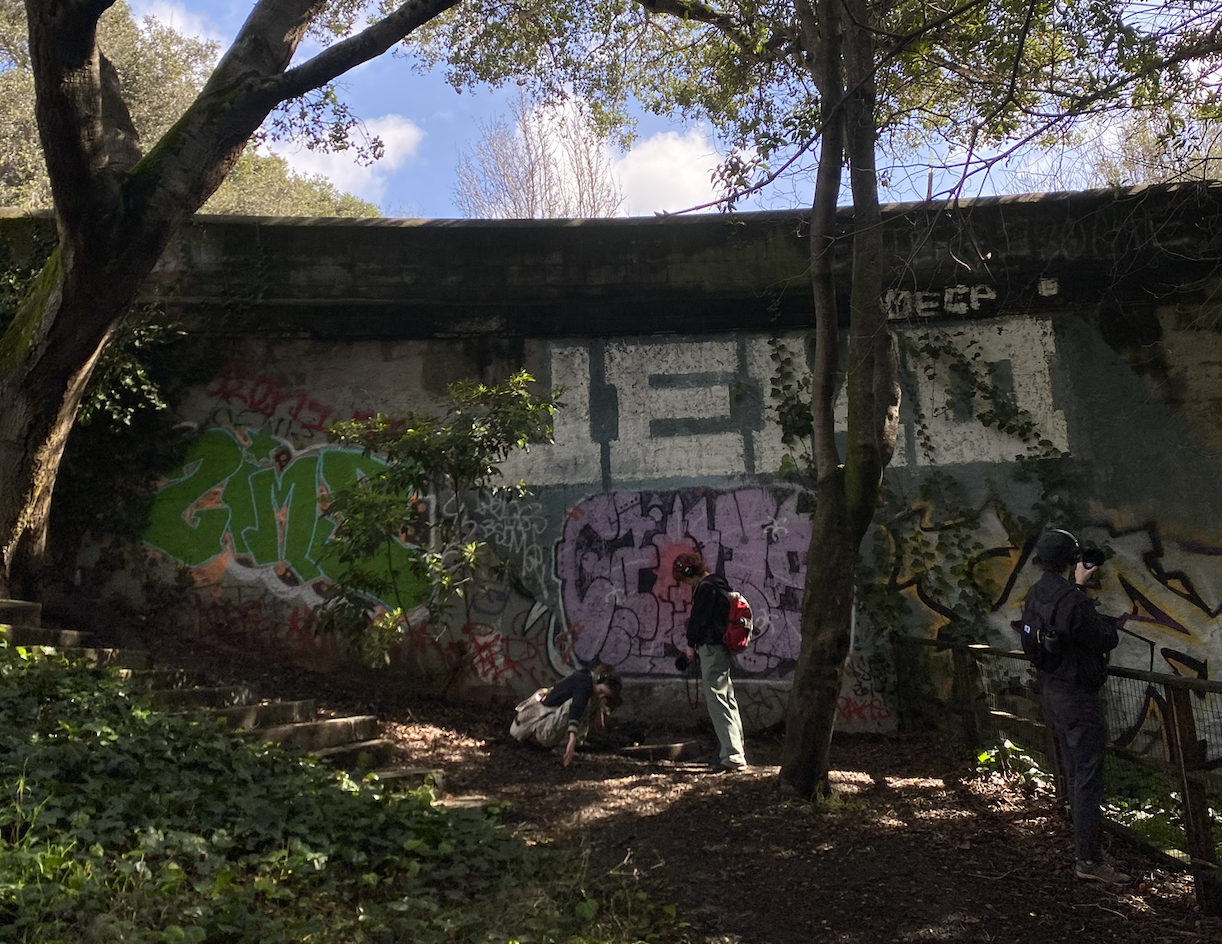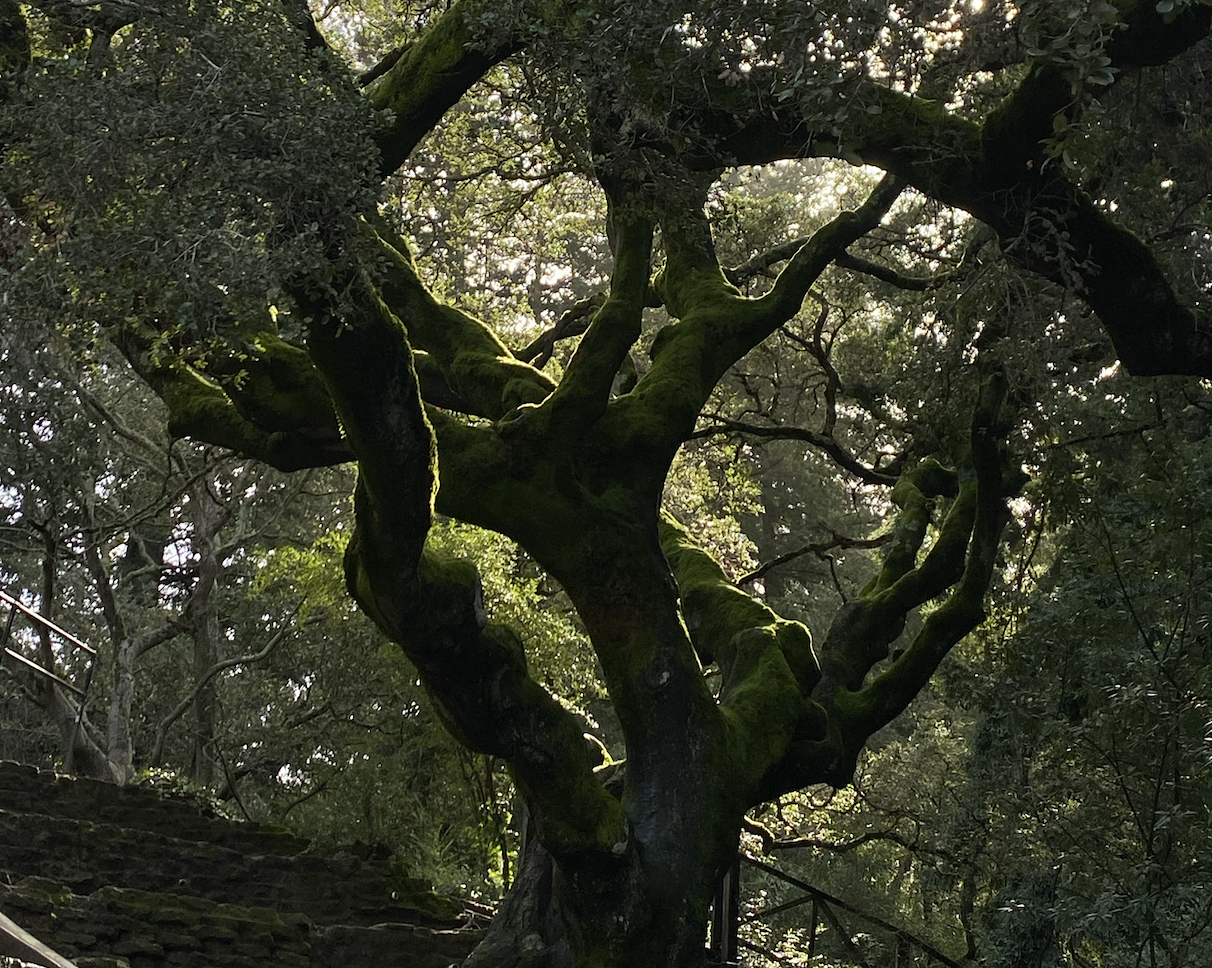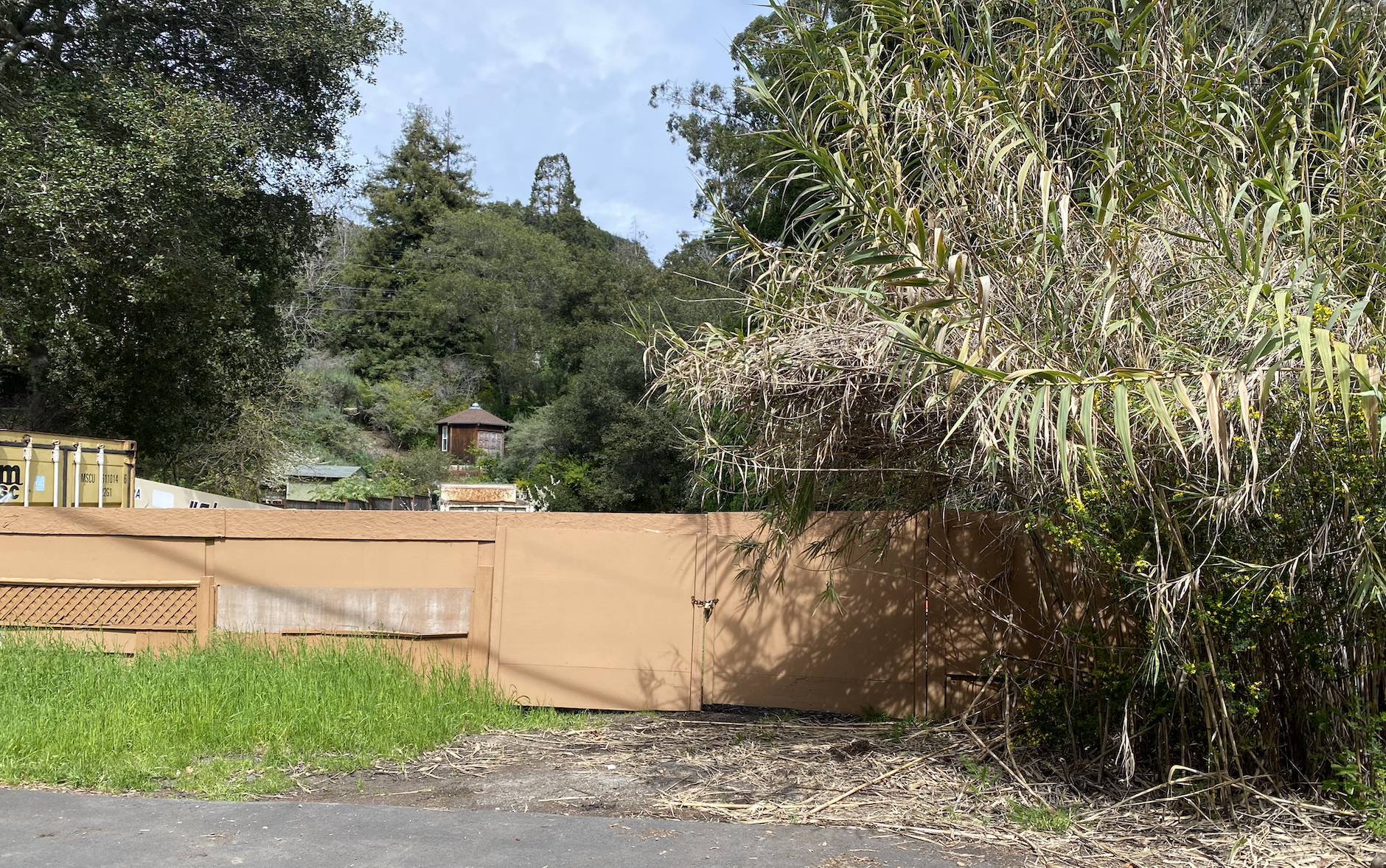Kenza Habibi
︎
︎
︎

This is a collection of sound recordings. Sound recordings made around the Bay.
Phonographic work made by me!
︎︎︎︎︎︎︎︎︎︎︎︎︎︎︎︎︎︎︎︎︎︎︎︎
Walking and deep listening as geographic research methodologies removes the barrier between the landscape (natural and built) and the researcher. It begins to break down the exclusivity of academic knowledge production by placing the researcher in a position to collaborate with the environment; Whether this be to speak and share with the people they come across, or to better understand the spatiality of the place they are exploring.Traditional research and the reduction of place and people to a research profile can transform a rich landscape (again, both built and natural) into a spectacle. Whether it be one of romanticism, or concentrated or diffuse, the narrative is mis-representative of the site. By walking, and physically engaged in the landscape, the representation of “place” and of community is much more likely to be representative.
You will never know a place more intimately than when you are walking within it.
Walking within your city is the most intimate way to get to know it.
I have lived in the Bay Area for my entire life and have walked everyday that I am here. This class introduced me to a new way of directing my movement through my home. Along all of our creek walks, I was reminded of the community and pull that water (currently day-lit or not) has on people. The deep history of the Bay draws such close ties to water. The relationship to marshes, agriculture, restoration, wildlife… you name it! Water, water water! Writing this now, it is a little silly that I have’t made these connections so distinctly before as we are in the “Bay Area”.
I was familiar with a few of the cities that we walked through and had felt that a relationship to these cities was already established prior to taking the class. Using the microphones and headsets felt like the city lent a limb out to us (a sonic extension of the city/manicured creek landscape) and made me feel so much closer to the Bay Area as a whole.
After this class, I have found myself giving more attention to listening to bird class and recalling the similarity to the bird songs sung to us before.
I learned that I am drawn to sounds that naturally have an electronic character. “Electronic”... rather any written description does not encompass the value and richness of these sounds. Sound as a research methodology is exactly what is needed to describe the sounds; There is nothing to be lost in translation or misinterpretation.
]Initially, I think I took the assignment of sound recording too literally. My interactions recorded along our early walks were attempts to capture larger, louder, MORE PROMINANT sound moments. I found that I needed to activeyly remind myself to record moments inbetween sirens, construction, expressive bird sounds, waterfalls, etc. My interactions with the landscape were quite limited. My interactions recorded with the space were simply the sounds of my steps or obnoxious interruptions of my chit-chatting.
As we moved further into the semester, I found that more physical interaction with the environment was very entertaining for me. I did not always use the recordings of banging on metal, drumming on logs, or tapping sticks, however it allowed me to encourage more creative understandings of the space and patterns along our walks. I enjoyed taking recordings of my imitations of the rhythms we encountered. Tapping to the sound of wind, construction, or imitating plant growth patterns was helpful in the editing process later.
Going through the recordings after the walk, any reminders of what I noticed in the moment were used to draw inspiration from. I found myself falling back on the rhythm of bird sounds.
The last few sounds walks we took, I allowed myself to get more playful in the editing process. There was never full distortion of the recordings, but I did have fun using some of the other modulating and echo editing tools. While walking, I prompted myself to find music within the landscape and allowed that prompt to follow me into the editing process.
Editing got very exciting once we began to incorporate external microphones. Playing with the proximity of sound I think helped our class refocus our engagement with the places we were visiting.
Fine tuned and attention intensive editing is not a strong suite of mine. To enjoy the editing process and enjoy the process of deep listening, I needed to let go of the idea of making the “final” edit perfect. I have a handful of soundwalks that I would label as unfinished, and maybe one or two that I dislike entirely. But…
I would like my work to reflect the layers of sounds I noticed across the different walks we took and to find interest in the repetition both the landscape has to offer and the intended use of repetition and rhythm in the “final” edited pieces.
I found such joy in the class.
I really had a blast.
I hope you enjoy some of my work :-)
︎︎︎
︎︎︎︎︎︎︎︎︎︎︎︎︎︎︎︎︎︎︎︎︎
︎︎︎︎︎︎︎︎︎︎︎︎︎︎︎︎︎︎︎︎︎
ALAMEDA CREEK Niles - A Paved Paradise


COYOTE HILLS Coyote Hills Unleashed


︎︎︎︎︎︎︎︎︎︎︎︎︎︎︎︎︎︎︎︎︎︎︎︎
An attention to revel or to hate
to the sound.
May it be musical and deeply saturated with built nostalgia.
Bygone..
An attention to revel or to hate
to the music.
May it be rich.
Cheep Cheep.
Chirp.
︎︎︎
︎︎︎︎︎︎︎︎︎︎︎︎︎︎︎︎︎︎︎︎︎
︎︎︎︎︎︎︎︎︎︎︎︎︎︎︎︎︎︎︎︎︎
CODORNICES CREEK We are a covey; a flock of quails.


WILDCAT CREEK Seclusion + war and a decimated sanitorium.



︎︎︎︎︎︎︎︎︎︎︎︎︎︎︎︎︎︎︎︎︎
︎︎︎

︎︎︎
︎︎︎︎︎︎︎︎︎︎︎︎︎︎︎︎︎︎︎︎︎
PINOLE A love letter to the “historic downtown”.


LOBOS CREEK
We made it to the ocean.


BUSHYDELL CREEK
The heart and soul of a grotto; Bring me to church!


︎︎︎
︎︎︎︎︎︎︎︎︎︎︎︎︎︎︎︎︎︎︎︎︎
︎︎︎︎︎︎︎︎︎︎︎︎︎︎︎︎︎︎︎︎︎